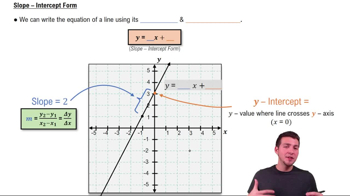Use the guidelines of this section to make a complete graph of f.
f(x) = 2 - 2x2/3 + x4/3
 Verified step by step guidance
Verified step by step guidance Verified video answer for a similar problem:
Verified video answer for a similar problem:



 11:41m
11:41mMaster Summary of Curve Sketching with a bite sized video explanation from Patrick
Start learning